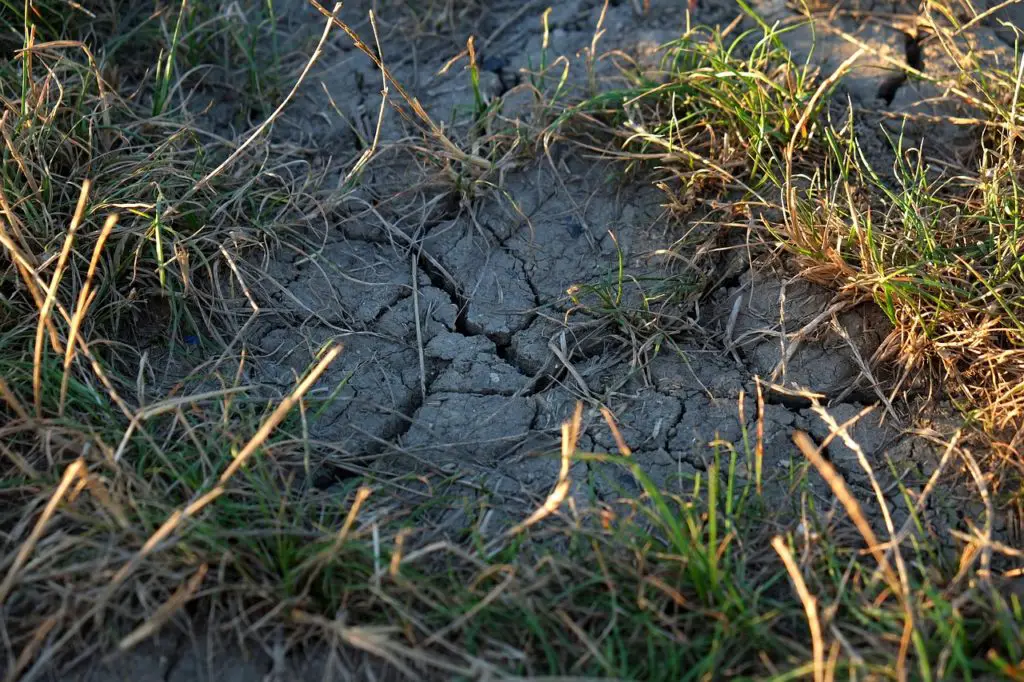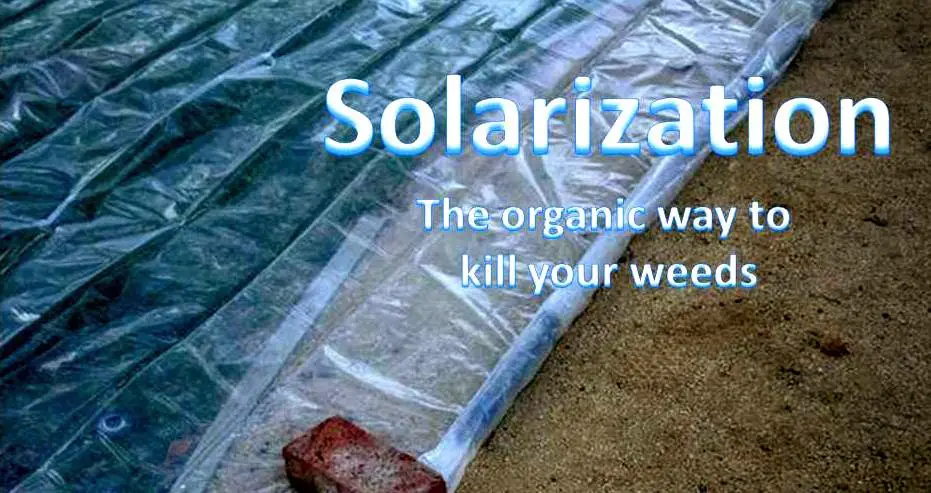We use affiliate links to run our site. When you buy through links on our site, we may earn an affiliate commission, without any added cost to you. Learn more
Today we will discuss a very interesting but simple way of controlling weed problems in your garden. Unlike chemical herbicides, this method is safe for both people and the environment. It is also easy to do, effective, and absolutely free.
The method we are referring to here is called soil solarization. We have used the term in our earlier article Weed controlling in organic ways.
Weeds are the bane of every gardener’s existence. They steal nutrients and moisture from your plants, and they’re just plain ugly. If you’re looking for a way to control weeds and pathogens in your garden without using harsh chemicals, solarization may be the answer.
Here we will give some details about what is soil solarization and how to do solarization in your garden; so that you can try it out in your garden.
What is Solarization?
Soil solarization is a process of using the sun’s energy to heat the soil to high temperatures in order to kill weeds, pests, and pathogens.
The process works by trapping the sun’s heat in the soil, which raises the temperature of the soil to levels that are lethal to weed seeds and to many organisms.
Soil solarization is an environmentally friendly way to control pests and diseases, and it is often used in organic agriculture.
Benefits of Soil Solarization:
Most people are unaware of this method and normally prefer other techniques in weed control. But there are some definite benefits that you get once you have decided to go for solarization.

There are so many weed seeds that are beneath the soil surface and are very hard to find. Though people put a thick layer of mulch to kill them, if the weed seeds are very vigorous, they can come on top of the mulch back to the light.
Sometimes landscape fabrics are spread over the garden and then in some places, holes are punched to plant new plants. This process is not foolproof and can be infected by weeds.
Though there is a little bit of hardwork involved, solarization is by far the best way to kill the entire weeds in a given area. And once completed, your garden will be the best place for your new plants to live.
This method is entirely organic. There is no herbicide or other pesticides involved. You are putting nature’s energy to better use.
Although it is primarily meant to kill weeds, solarization will also reduce the number of nematodes, soil insects, and other soil-borne diseases.
How to do Solarization:
The best time for practicing this is when the sun is at its full power i.e. in the summer.
First, choose the area which you want to solarize. Try to choose an area where there is very little shade available, the main purpose of solarization will be hampered if the sun is blocked.
Now once the area is fixed, remove the existing weeds by tilling the land with a tiller. Till up to 6 inches depth. Please remove any sharp object which can poke holes in the polyethylene from this tilled area.
The next thing you need to do is to put some water in that area and make the soil moist. Don’t add too much water so that the soil becomes waterlogged.
Water is a very important element in the solarization process. It helps in heat conduction. Avoiding water will not give you your desired result.
Cover the area with a clear polyethylene sheet like this. Don’t use any colored sheets as it will stop the sunlight to reach the soil. Stretch the polyethylene tightly and seal it completely.
Sealing will help the heat to remain in the desired area and cook the weed seeds, insects, and nematodes that can harm your plants.
Keep the land in this way for at least 2 months. After that, remove the polyethylene.
Now the area has been solarized and the weeds, pests, and nematodes all have been killed. This will remain weed free for 3 to 4 months. You can plant your desired plant now and enjoy it weed-free.
Don’t plant before removing the entire polyethylene because the heat can kill the plant.
Conclusion:
Solarization is a great way to improve your garden’s soil. It is easy to do and you will need only a few supplies so you can save a lot of money on herbicides and other chemicals.
By following the steps outlined in this article, you can easily solarize your garden and enjoy the benefits of healthy soil and fewer pests.
Give soil solarization a try in your garden this year and see the difference for yourself!
I hope this post was helpful to you. If you like the article, don’t forget to share it with your friends.
Amazon and the Amazon logo are trademarks of Amazon.com, Inc, or its affiliates.

So with the solarization complete and the tarps pulled off, we were ready to get the fall garden ready. It’s crazy to think that in July we’re thinking about frost dates and cold weather crops but it’ll be here before you know it!
Hand weeding is one of the basic ways of controlling weeds organically in your garden. With weeds like the Greater Celandine Chelidonium majus that do not have deep roots or seeds to worry about, they can be placed in the compost heap to add organic matter for the compost heap. For different weeds in other places there are organic techniques for keeping them firmly under control.